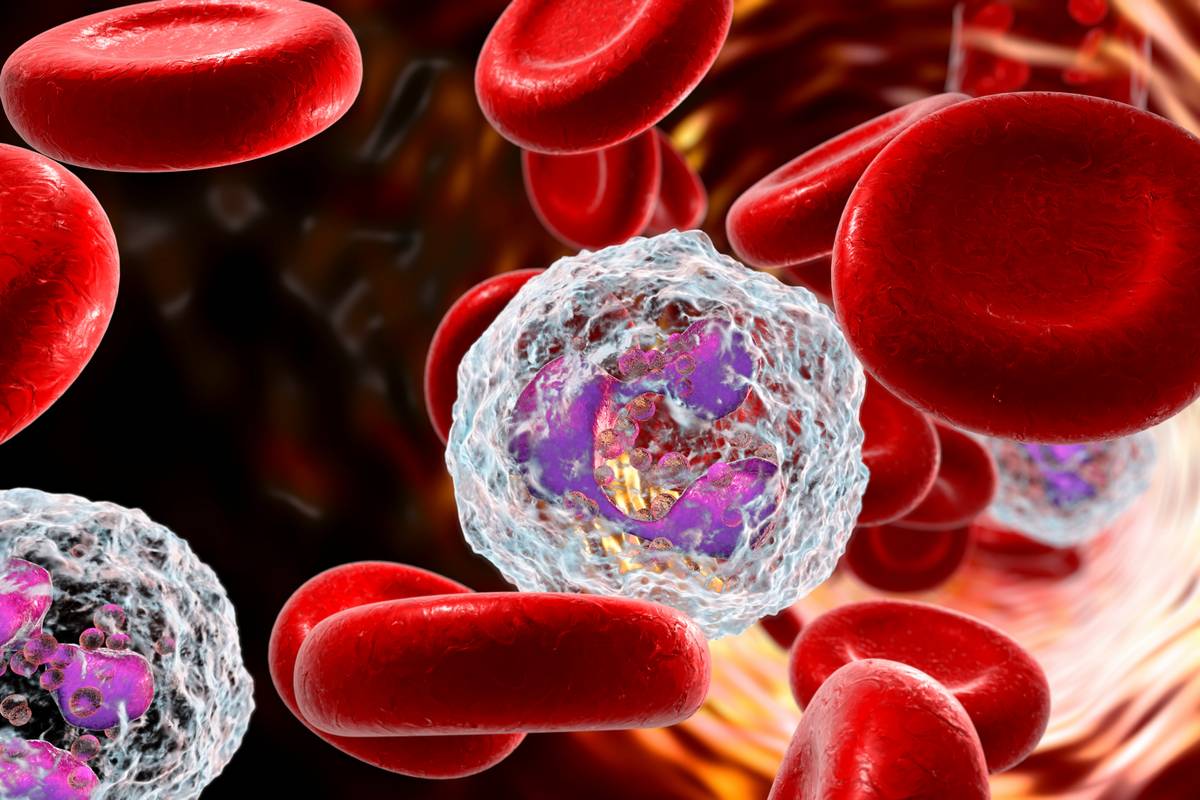You are viewing a preview of...
Transfusion of Lifespan-Extended Neutrophils Restores Immune Defenses in Neutropenic Hosts
Improved efficacy of neutrophil transfusion through prolonging neutrophil survival without compromising their function

Background
As of today, the main clinical approach to neutropenia is preventing it in risky scenarios using a granulocyte colony-stimulating factor (G-CSF). However, this therapy doesn’t work if bone marrow function is compromised. In addition, G-CSF treatment comes with different important side effects such as bone pain, headache, fatigue, and nausea. An alternative therapeutic option exists–Granulocyte transfusion, also known as neutrophil transfusion or GTX, but its efficacy is controversial and the neutrophils survival and function need to be improved.
Technology Overview
Researchers at Boston Children’s Hospital improved the efficacy of neutrophil transfusion by prolonging neutrophil survival without compromising their function. By using a combined treatment, caspases/LMP/oxidant/necroptosis inhibition plus G-CSF (CLON-G), the group was able to prolong human and mouse neutrophil
Log in or create a free account to continue reading